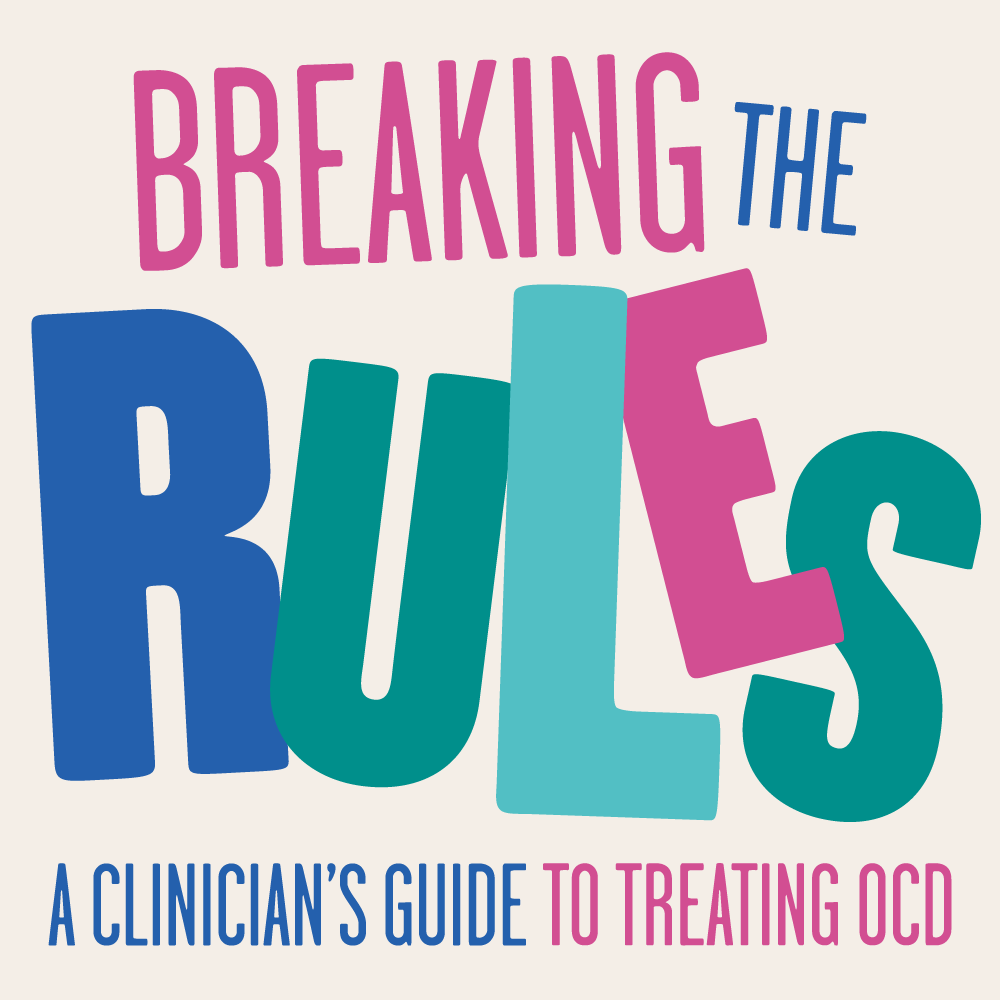what are obsessions?
Obsessions are types of thoughts, mental images, and urges that are unwanted and distressing. These thoughts, images, and urges are called obsessions simply due to their recurrent nature. You might also hear the term "intrusive thought" being used when referring to OCD. This is because intrusive thoughts often become obsessive for people with OCD. Intrusive thoughts are actually quite common and are experienced by everyone - even people without OCD. Intrusive thoughts are random, automatic, unwanted thoughts that just "pop" into our mind without any effort whatsoever when we're exposed to triggering stimuli. People with OCD are usually unable to tolerate the content of the intrusive thought, which then leads to obsessional thinking (i.e., worry and rumination). On the other hand, people without OCD will feel uncomfortable when experiencing an intrusive thought, but can usually tolerate that discomfort and let go of the thought. Examples of obsessions and intrusive thoughts include doubt over routine activities, contamination, harm, sexuality and sex, relationships, order and symmetry, scrupulosity, health, superstition, and saving and loss, just to name a few.
what are compulsions?
Compulsions are characterised as repetitive behaviours or mental actions performed to reduce the distress and discomfort felt after experiencing intrusive thoughts and obsessions. Compulsions can be both overt (i.e., observable), and covert (i.e., hidden). Examples of overt compulsions include behaviours such as checking appliances, unnecessarily explaining your behaviour to others to avoid being seen as a bad person, washing, ordering, re-writing, re-arranging, and repeating actions (e.g., tapping). Examples of covert compulsions include thought blocking and avoidance, scanning and re-tracing steps in your mind, singing songs, counting, excessively using self-coping statements, etc. The important thing to note about compulsions is that while performing them provides relief in the short-term, they serve to maintain anxiety and discomfort in the long-run. This is because compulsions falsely re-inforce the importance of obsessions and create a false sense of security.
when do obsessions and compulsions become a problem?
As mentioned above, intrusive thoughts are experienced by everyone and we can all relate to a time where we may have engaged in some form of repetitive behaviour or have given in to an urge in response to an anxiety provoking thought. So when do obsessions and compulsions become problematic? According to guidelines, obsessions and compulsions are considered to be problematic if they occur for more than an hour a day, if they cause significant amounts of distress, if they impact on social and/or occupational functioning, and/or if they impact on relationships. This is by no means diagnostic, but is rather an indicator that assessment by a qualified professional to establish if OCD is present could be helpful if you suspect that you or someone you know experiences difficulties with obsessions and compulsions. If you suspect that intrusive thoughts are impacting on daily functioning - it’s time to seek professional advice.
how is OCD treated?
The current gold standard for psychological treatment for OCD is Exposure and Response Prevention (ERP). This form of treatment when augmented with mindfulness based approaches such as those from Acceptance and Commitment Therapy can enhance the efficacy of it. In addition to this, Virtual Reality Therapy has also been shown to be effective for OCD treatment since it can enhance the techniques taught as part of ERP. For some people with OCD, psychological therapy alone does not produce desired results so pharmacological intervention is considered via a referral to a Psychiatrist. This means that the medication prescribed can act as a “leg-up” to help people engage in ERP more readily.


